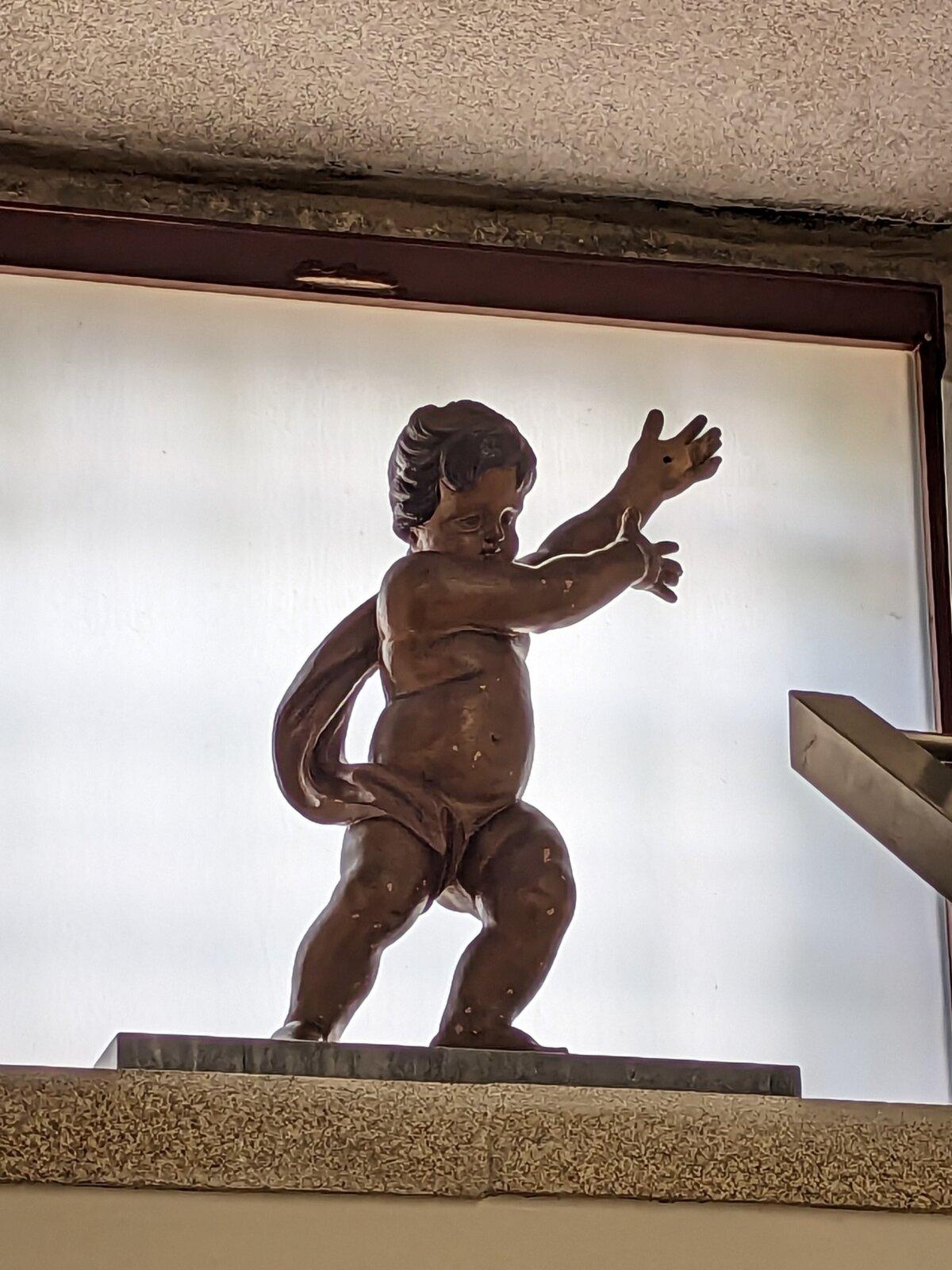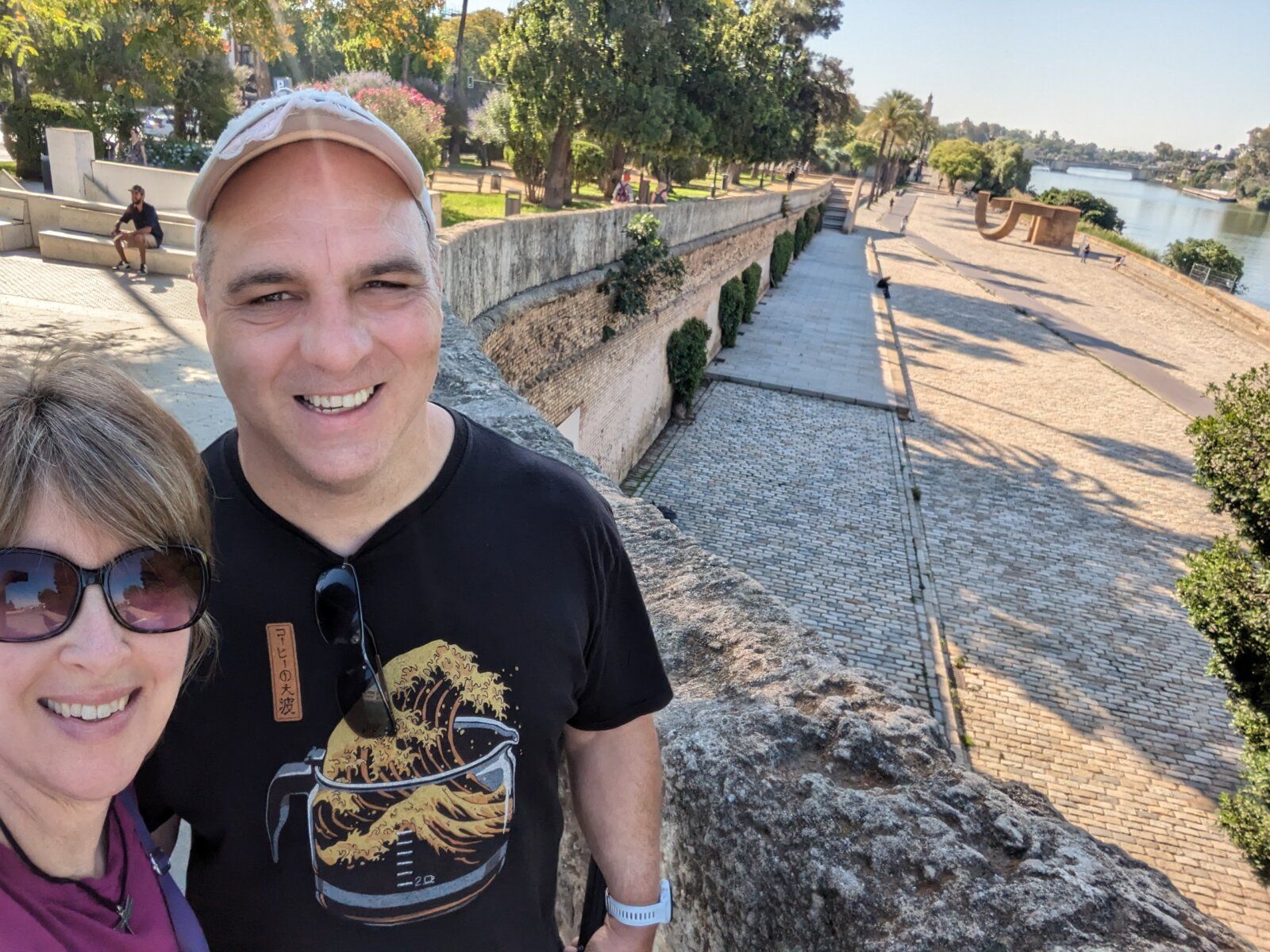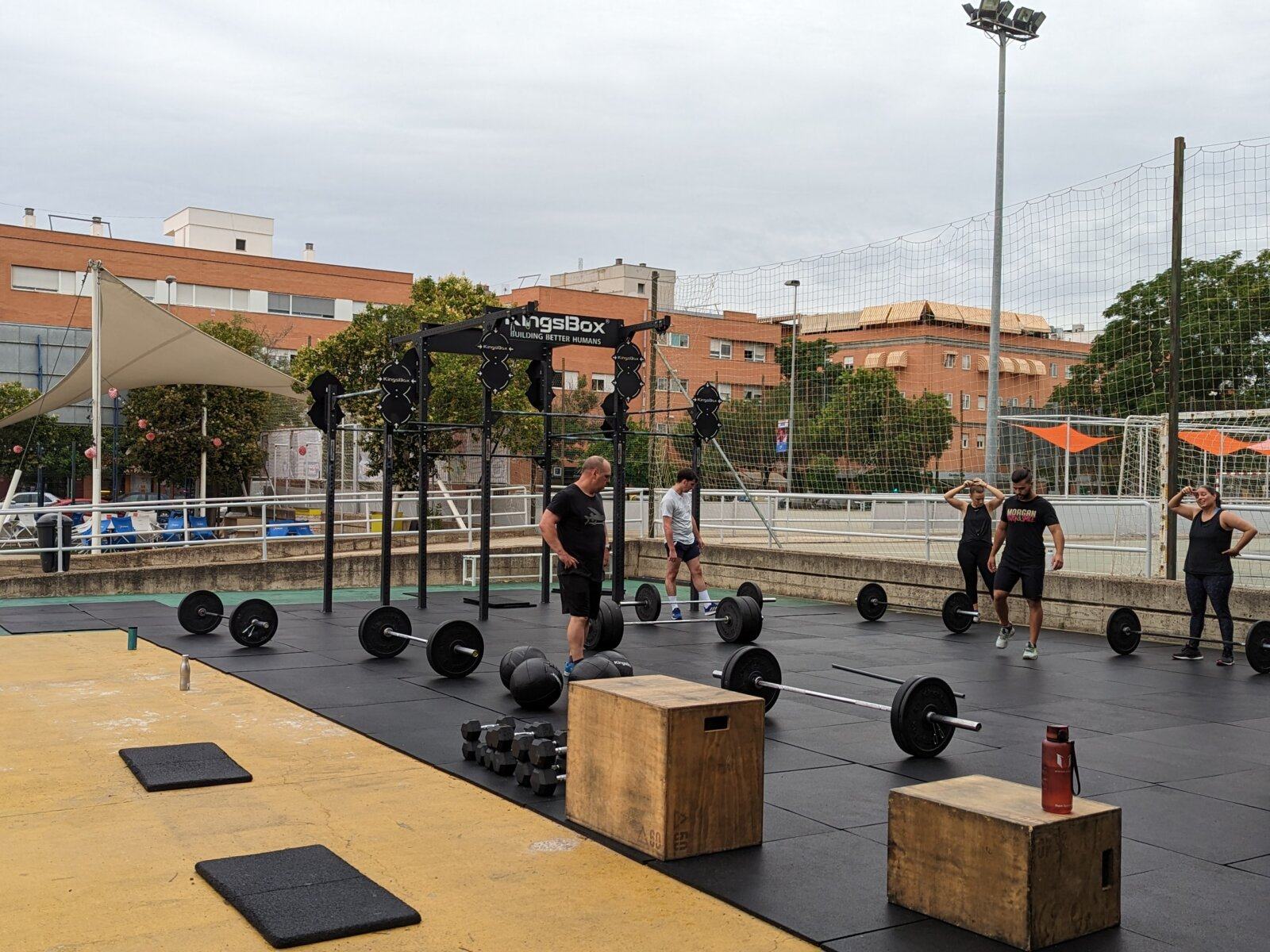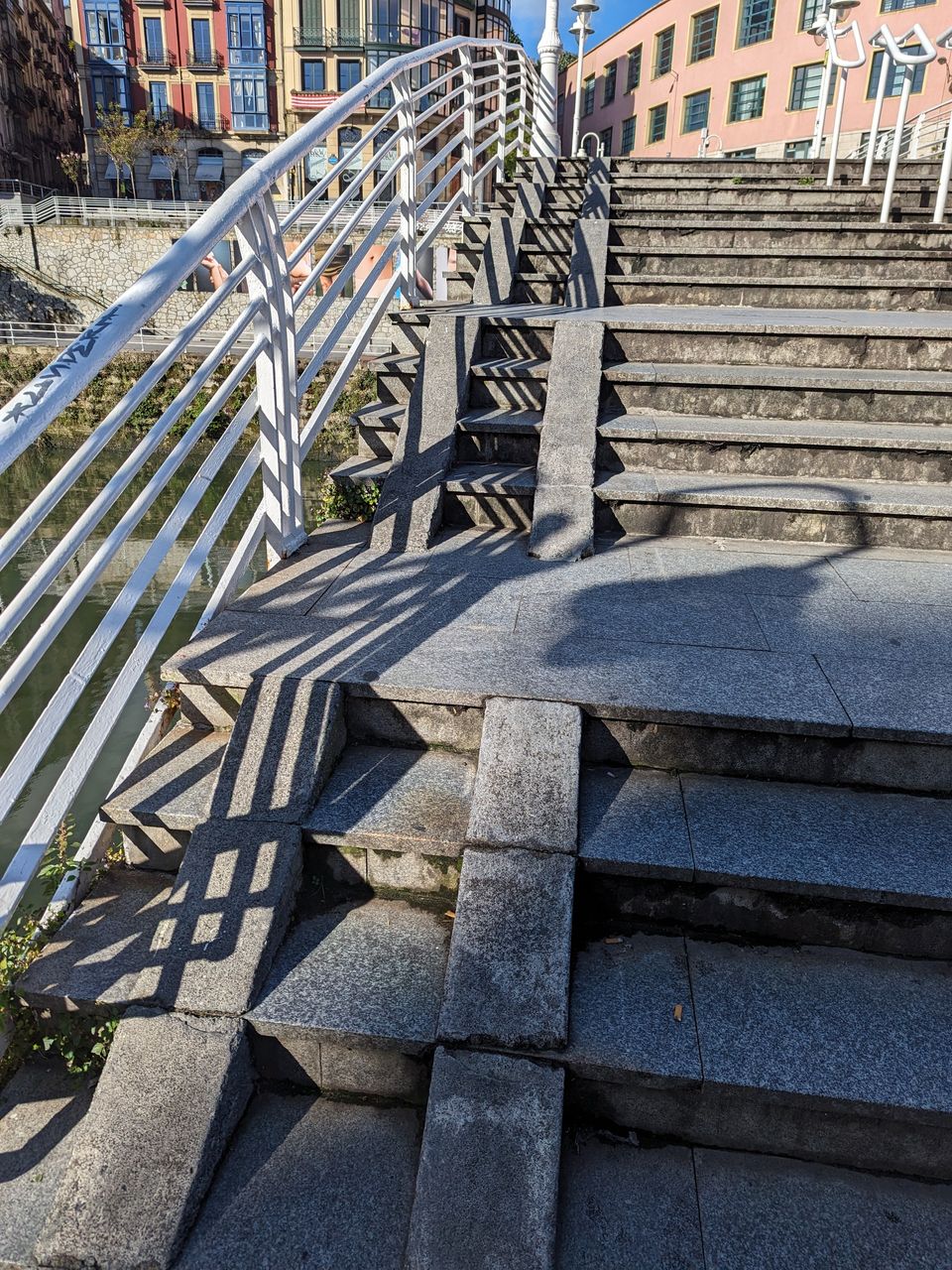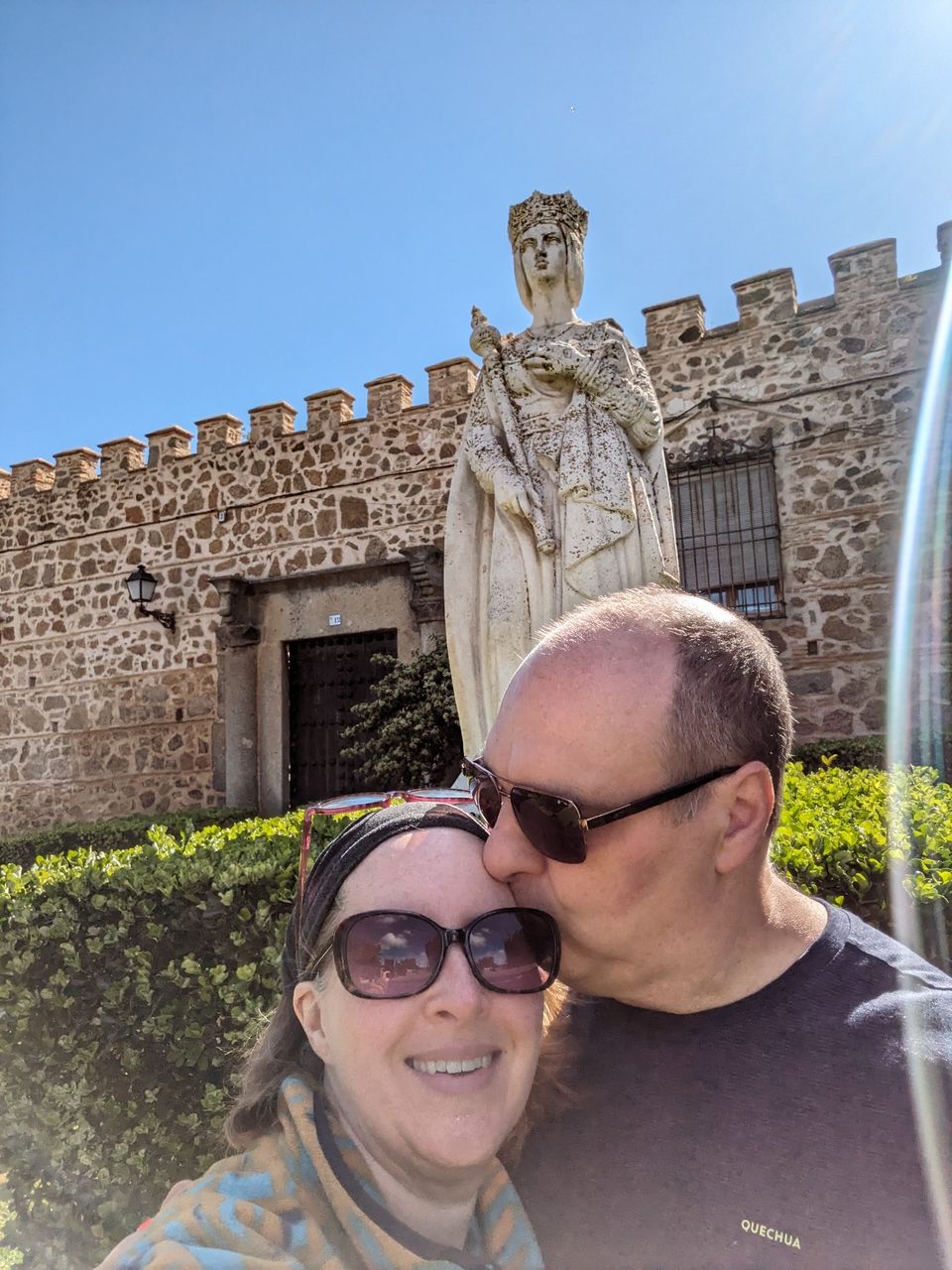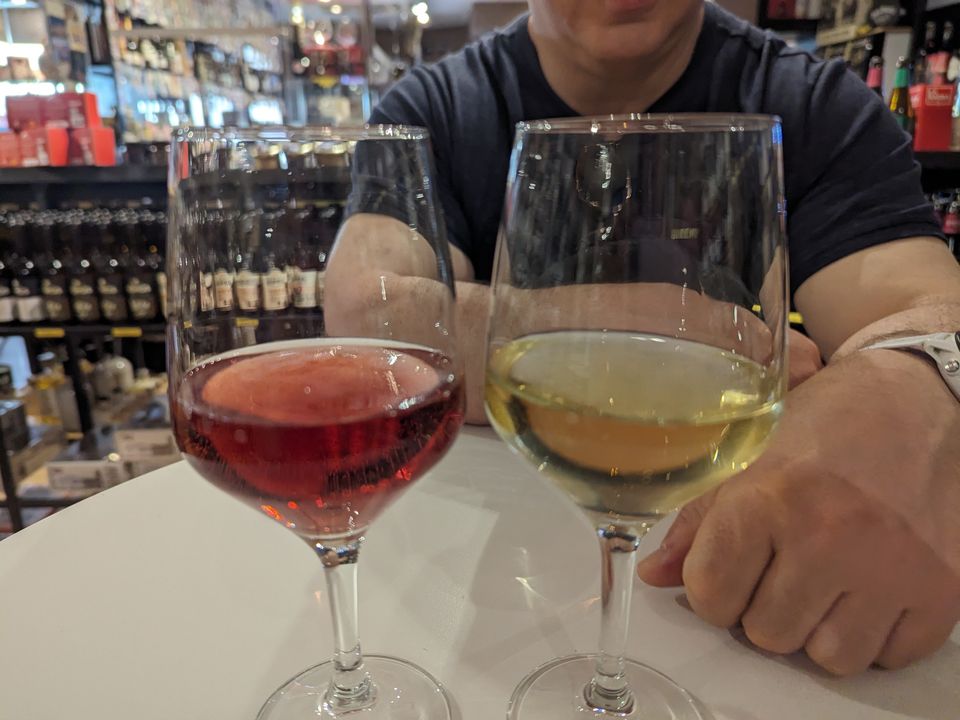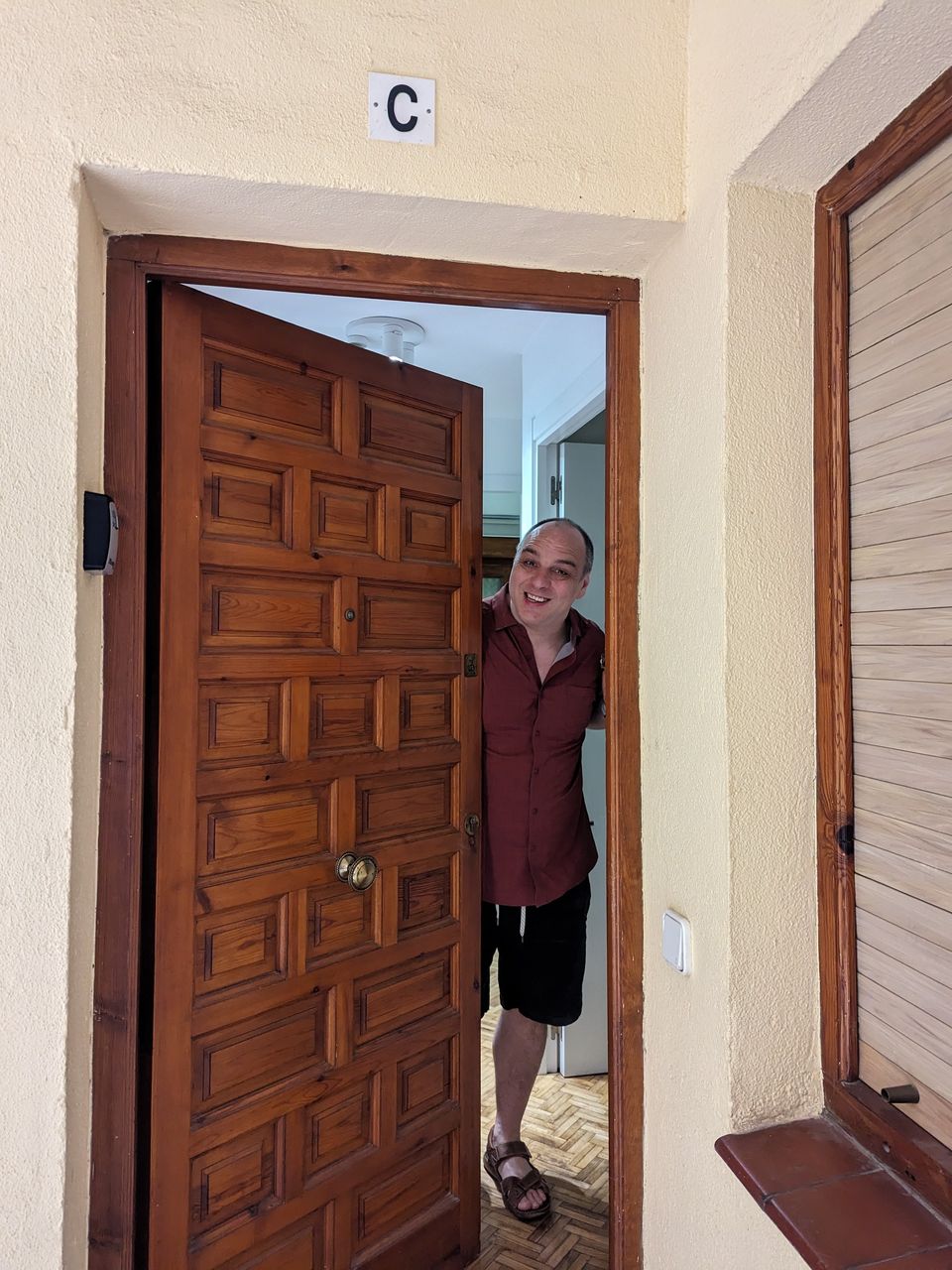Research Trip - Europe 2023
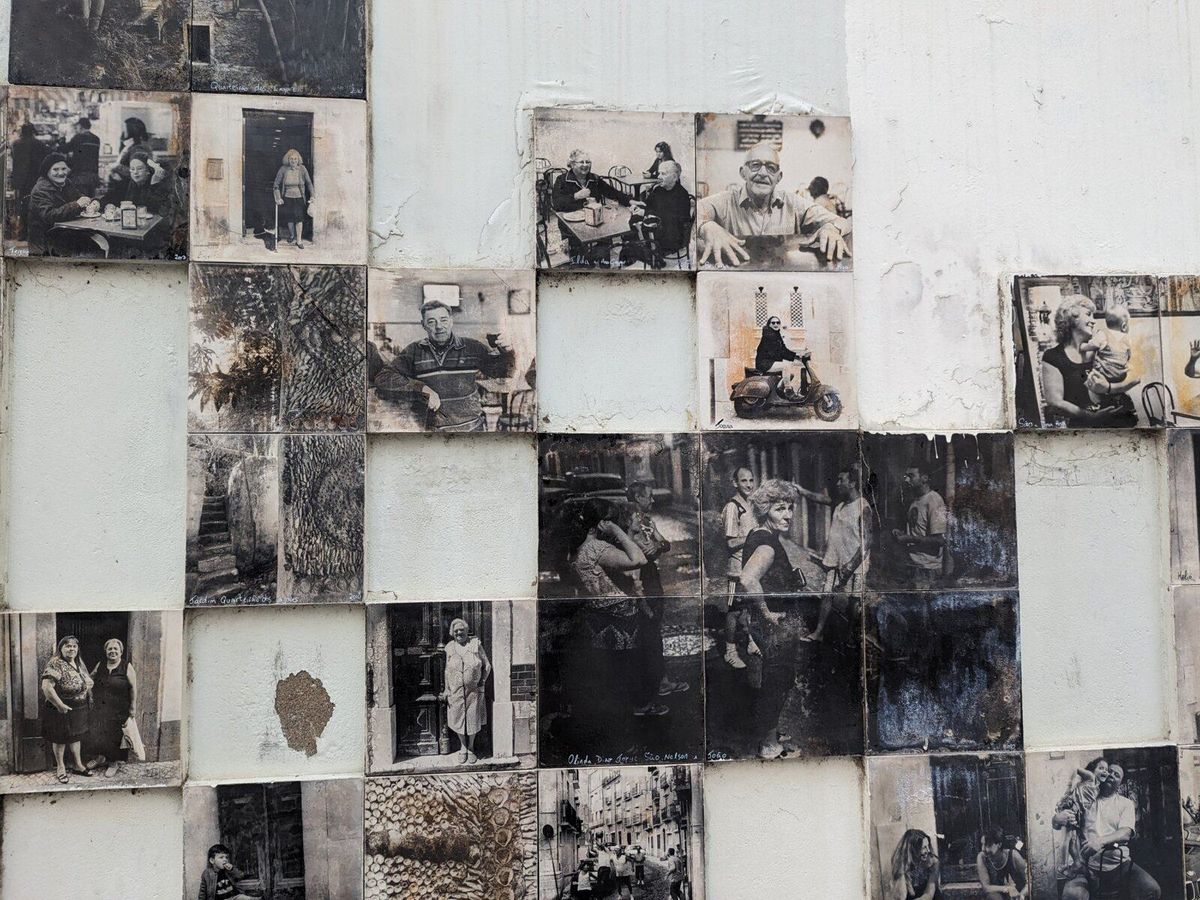
We love European streets and street life. We love the bikeability, walkability, eatability, and affordability of the continent’s cities and towns. We used this trip to explore spending more time here. What would it be like to spend part of, or all of, the year here?
Portugal is a hugely popular destination for ex-pats right now. It’s inexpensive, welcoming to travelers, and has a mild climate and mild, friendly people. This has caused some problems.
Though we managed to weave between the rolling strikes that impact train services, tourist sites, and the airport, we were very aware that what seems inexpensive to us can strain the budget of the local folks. Not being able to live where you work brings stress and anxiety to daily life. When Beatriz (bee-a-tree-sh, Portuguese being chock full of “sh” sounds) toured us through the Alfama area of Lisbon, she talked about the rising home prices and the pressure that puts on lifelong residents with no where else to go.
We wanted to see cities of different sizes, so Lisbon and Porto, the two heavyweights of Portuguese tourism and expat life, were on the list. Aveiro is a beach town and quite a bit smaller; it might be the right size for us. We really loved our visit to Madrid a year ago, so nearby Seville became a stand-in for large Spanish cities.
The imaginative exercise was: could you imagine living here? How would you shop, eat, exercise, bike, and get around? When you’re imaging that life, does it spark joy?
A condition placed on that imagination is that life as a tourist isn’t real. You’re in places the locals don’t locate; walking streets that are more short term rentals than residents.
Lisbon
We were in Barrio Alta, a neighborhood of steep and narrow streets. The tourist game was real, the streets at night were full of hawkers trying to get you to try their restaurant with menus in 🇬🇧/🇪🇸/🇩🇪/🇫🇷. But the streets were also full of debris when Benfica ⚽ won La Liga, so the locals also come here to party. The hills were punishing, but after just a few days they started to feel easier. We were also glad to see the absolute respect pedestrians get in Lisbon, wait at a crosswalk and cars will politely stop for you.
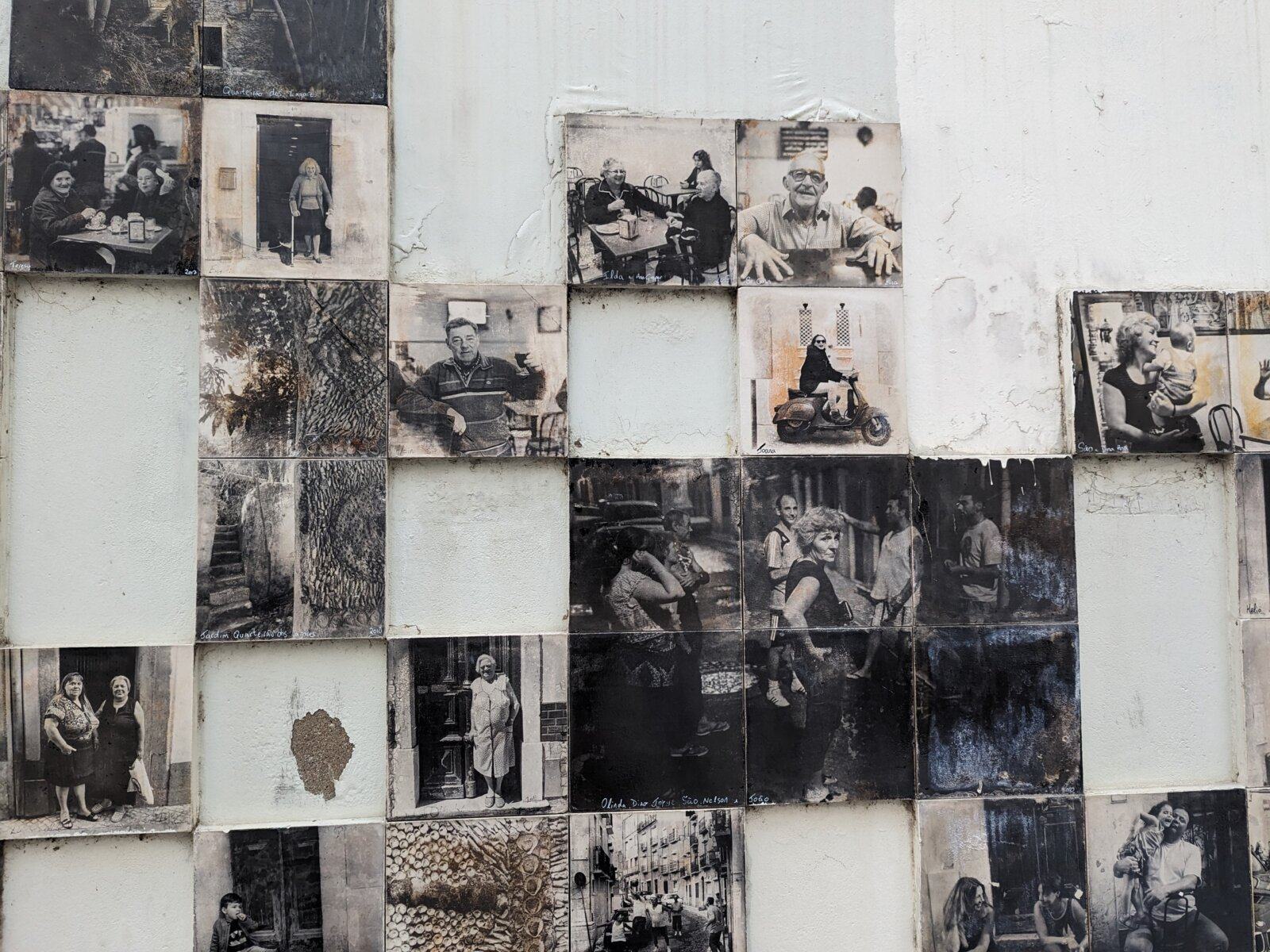
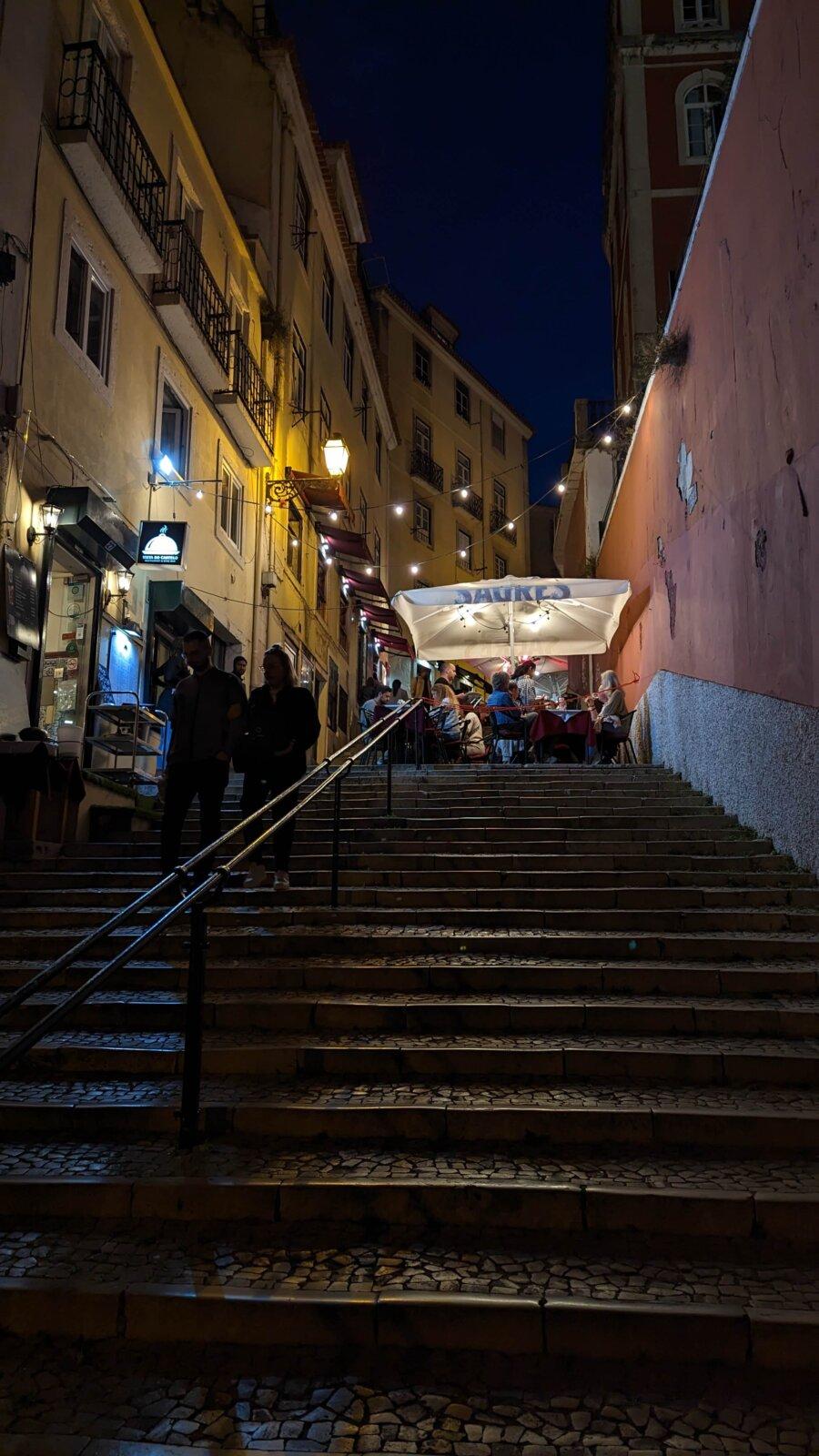
We took a train out to the beach town of Cascais, which was a nice break, and public transport was efficient and cheap.
Porto
We stayed in Bolhão, another tourist neighborhood. This delightful market was nearby. We had been warned the hills were hillier yet in Porto, but we stayed high on a plateau and most of the things we wanted to see were around us, so we didn’t feel the calf strain of Lisbon. Lisbon’s hills were like canine teeth; Porto’s more like molars.
Porto felt more open; the beautiful plaza near us was a large part of this feeling. There were ample buses and easy public transit, but we didn’t use it much.
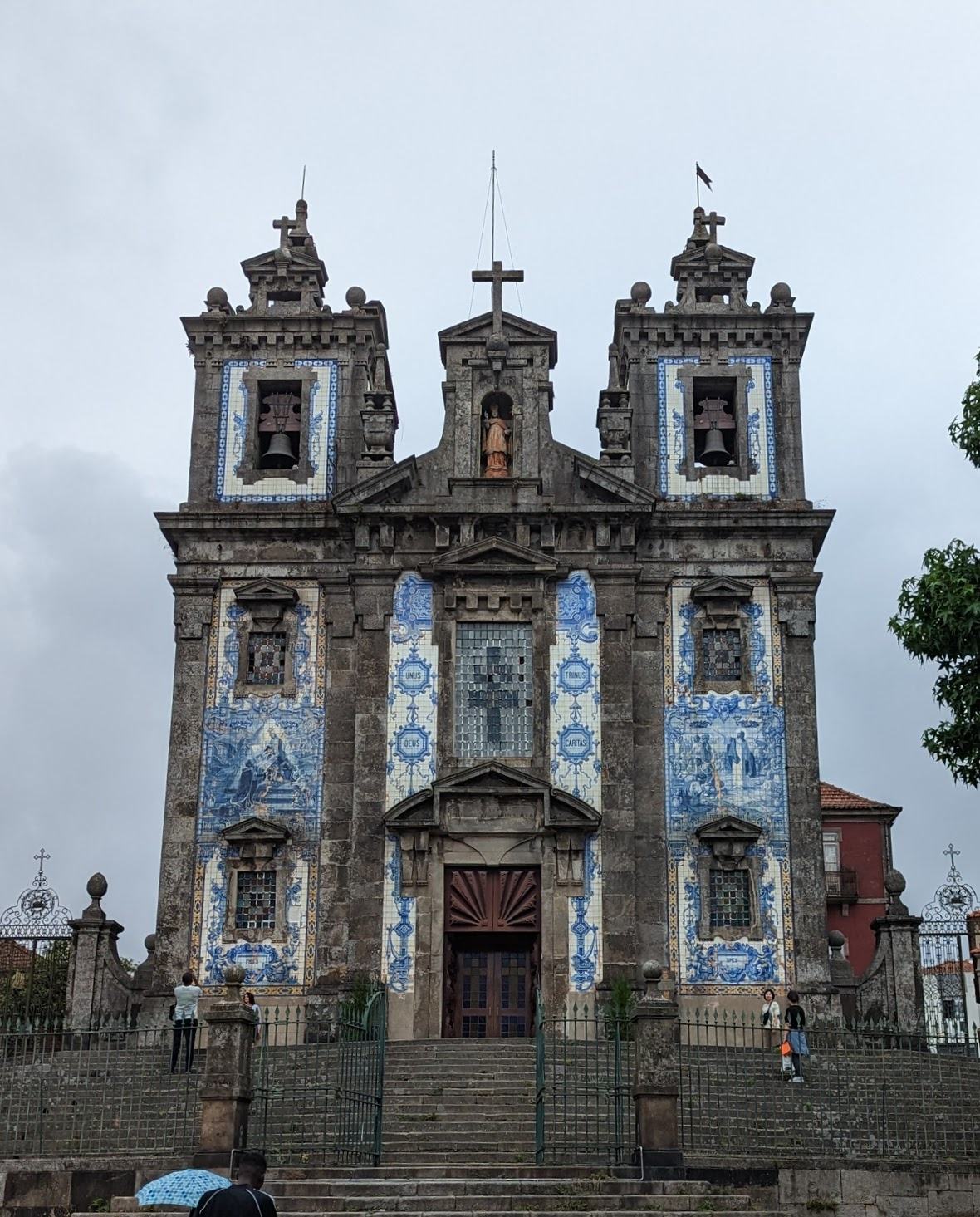
At the end of the time here, Porto was ahead in the “where can we imagine us” sweepstakes.
Aveiro
Ahh, a deep breath of relaxation and quietude. Salty air, open streets. Aveiro offered partial respite from Lisbon and Porto’s cobblestones. But all these cities were alike in beautiful patterns made on the ground in public spaces, and alike in beautifully tiled buildings.
Aveiro was shortlisted for Portugal’s “capital of culture” 2027. Evora, that minx, edged it out. Our clerk at the grocery story in town, a youngish former soccer player, declared Aveiro a “perfect city.” He was from Guimarães, Portugal’s Capital of Culture in 2012, which he had the grace to also call a perfect city.
It was nice to see new construction mixed with the old (more here). A bike ride and a boat ride showed us more of the surrounding neighborhoods and we liked what we saw.
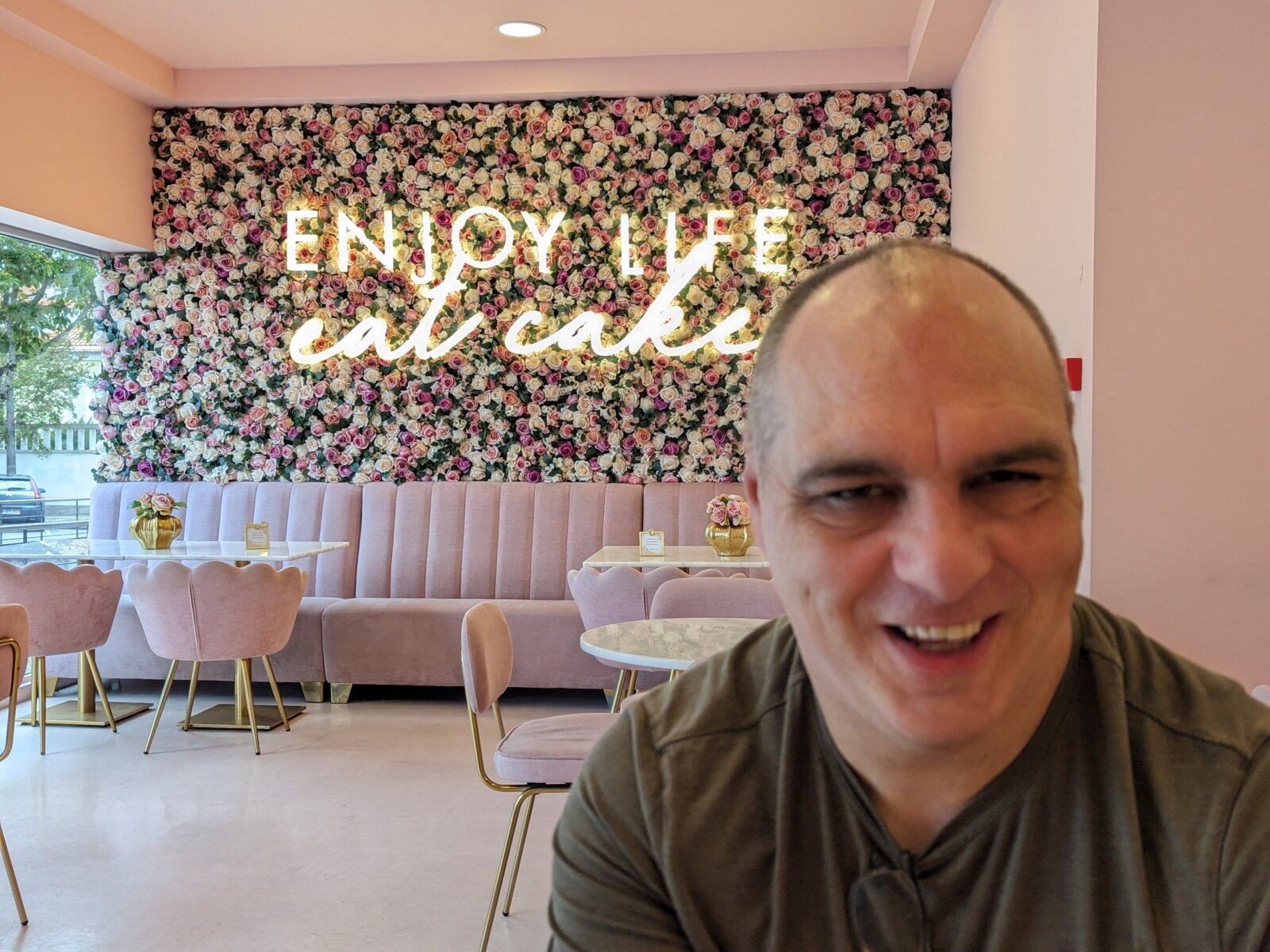
Aveiro was in the lead… but not for long.
Sevilla
We swept into town on a nerve-wracking Flixbus, into high 80s heat, much warmer than we had seen in mild Portugal. Seville quickly charmed us.
Its plazas were large and spacious. The architecture style a pastiche of classical, moorish, tiled, and grand. To be honest, not always to my taste, but Seville charms not when you look up, but when you listen to the vibrant hubbub of the tapas bar, the street performers, and happy people.
On our last night was walked nearly two miles along the riverfront up to a Korean restaurant Yessa found for us. We were eating early, having arrived at 8:45pm. On the way home, we passed through a wide square in the San Lorenzo neighborhood. Tapas bars surrounded the square and kids filled it, playing soccer, climbing on a gym. It hummed with youth and life.
Ginnie perked up when we arrived in Seville. She had visited twice in high school, once as student and once as chaperone. Her latent Spanish was getting exercise and it made her eyes sparkle.
The food in Seville was wonderful and affordable. Tapas bars offered cinnamony sangria for 3€ and tasty plates for about 4€. Stay tuned for more food posts. We had a tapas night in Lisbon too, but the restaurant we chose offered less deliciousness for more €.
What we learned
As travel should, Seville sharpened our picture of what we are looking for and how we want to live. We’re looking for life and activity, chances to bike and opportunities to integrate. The opportunity to pick Spanish back up is exciting for Ginnie, and cheap, delicious tapas interest us both. We can imagine a life here filled with work, play, CrossFit, and hobbies.
The final lesson of this journey of exploration is also how much we love the life we are living in Rochester. Often on our walks, Gin would point out a building and Buds would respond, but do we like it more than Rochester? Generally, the architectural answer was, no.
We’ll continue to dream of a plan that includes European living, while thriving in our Upstate New York lifestyle with this family that makes our life whole.

